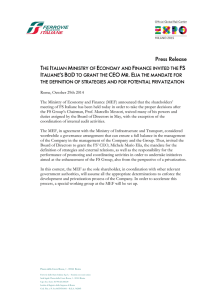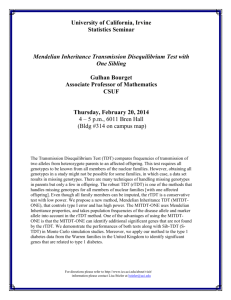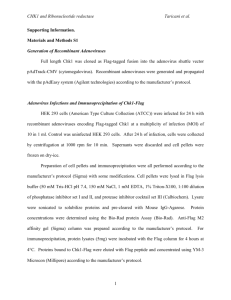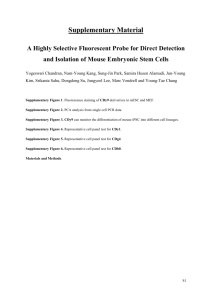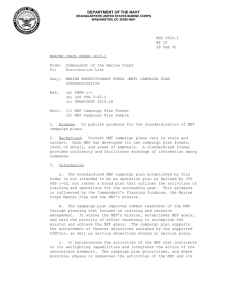Supplementary Figures Legends (doc 69K)
advertisement
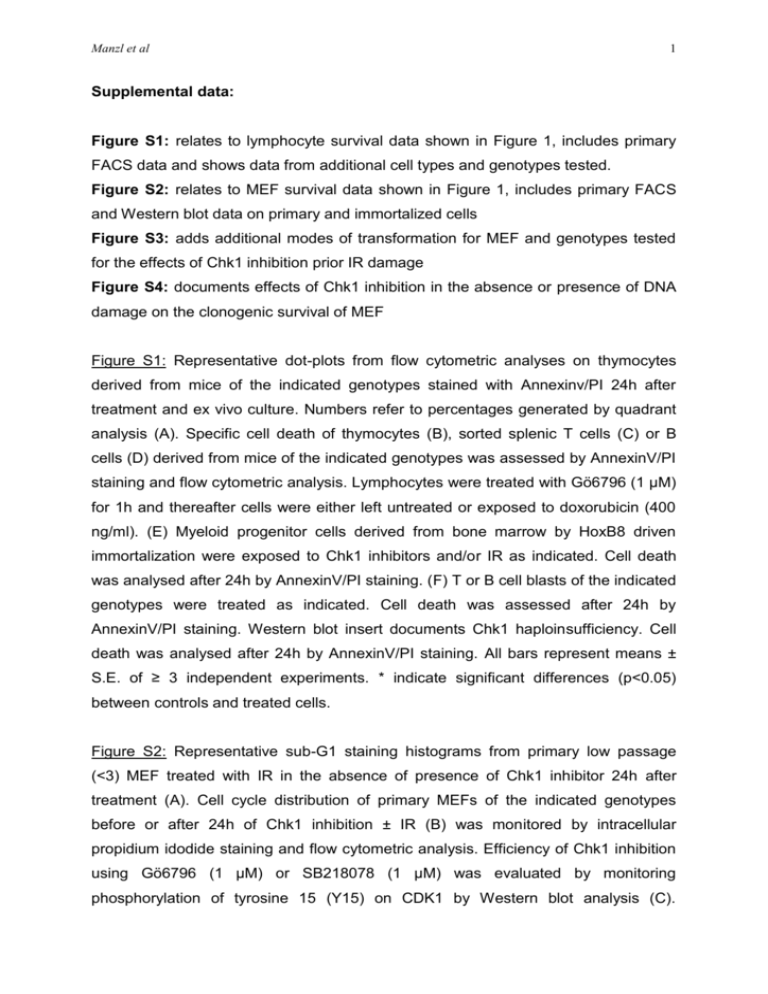
Manzl et al 1 Supplemental data: Figure S1: relates to lymphocyte survival data shown in Figure 1, includes primary FACS data and shows data from additional cell types and genotypes tested. Figure S2: relates to MEF survival data shown in Figure 1, includes primary FACS and Western blot data on primary and immortalized cells Figure S3: adds additional modes of transformation for MEF and genotypes tested for the effects of Chk1 inhibition prior IR damage Figure S4: documents effects of Chk1 inhibition in the absence or presence of DNA damage on the clonogenic survival of MEF Figure S1: Representative dot-plots from flow cytometric analyses on thymocytes derived from mice of the indicated genotypes stained with Annexinv/PI 24h after treatment and ex vivo culture. Numbers refer to percentages generated by quadrant analysis (A). Specific cell death of thymocytes (B), sorted splenic T cells (C) or B cells (D) derived from mice of the indicated genotypes was assessed by AnnexinV/PI staining and flow cytometric analysis. Lymphocytes were treated with Gö6796 (1 µM) for 1h and thereafter cells were either left untreated or exposed to doxorubicin (400 ng/ml). (E) Myeloid progenitor cells derived from bone marrow by HoxB8 driven immortalization were exposed to Chk1 inhibitors and/or IR as indicated. Cell death was analysed after 24h by AnnexinV/PI staining. (F) T or B cell blasts of the indicated genotypes were treated as indicated. Cell death was assessed after 24h by AnnexinV/PI staining. Western blot insert documents Chk1 haploinsufficiency. Cell death was analysed after 24h by AnnexinV/PI staining. All bars represent means ± S.E. of ≥ 3 independent experiments. * indicate significant differences (p<0.05) between controls and treated cells. Figure S2: Representative sub-G1 staining histograms from primary low passage (<3) MEF treated with IR in the absence of presence of Chk1 inhibitor 24h after treatment (A). Cell cycle distribution of primary MEFs of the indicated genotypes before or after 24h of Chk1 inhibition ± IR (B) was monitored by intracellular propidium idodide staining and flow cytometric analysis. Efficiency of Chk1 inhibition using Gö6796 (1 µM) or SB218078 (1 µM) was evaluated by monitoring phosphorylation of tyrosine 15 (Y15) on CDK1 by Western blot analysis (C). Manzl et al 2 Representative histograms of the subG1 analysis performed on SV40 MEF of the indicated genotypes (D). Processing of Caspase-2 and activation of effector Caspase-3 was demonstrated by Western blot analysis in parallel in SV40 MEF after 24h of incubation (E). Please not that SV40 MEF and MEF lacking p53 show an increase in aneuploidy/polyploidy, giving rise to “atypical” peaks in cell cycle and subG1 analysis. Figure S3: Survival analysis of c-MYC/Ha-RasV12 MEF by subG1 analysis (A). Processing of Caspase-2 and activation of effector Caspase-3 was demonstrated by Western blot analysis in parallel after 24h of incubation (B). SV40 large T (C) or E1A/H-RasV12 transformed MEF (D,E) derived from mice of the indicated genotypes was assessed by sub-G1 staining and flow cytometric analysis. Bars represent means ± S.E. of ≥ 3 independent experiments. * wt and Caspase-2 deficient MEF clones exposed to 10 Gy are displayed twice, in A and B, as PIDD deficient MEF were analysed in the same set of experiments. Figure S4: Representative images of colony formation assays using primary, E1A plus H-RasV12, c-Myc plus H-RasV12 transformed or SV40 large T immortalized MEF after exposure to Gö6796 (1 µM) ± 3 or 10 Gy of irradiation (A-C). Numbers in images refer to cell densities seeded at the beginning of the experiment. Experiments have been performed in triplicate cultures and were repeated three times.
